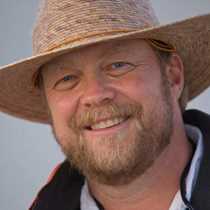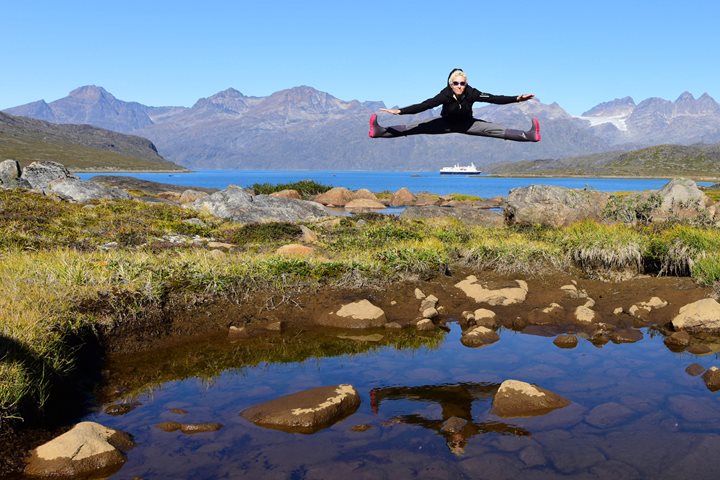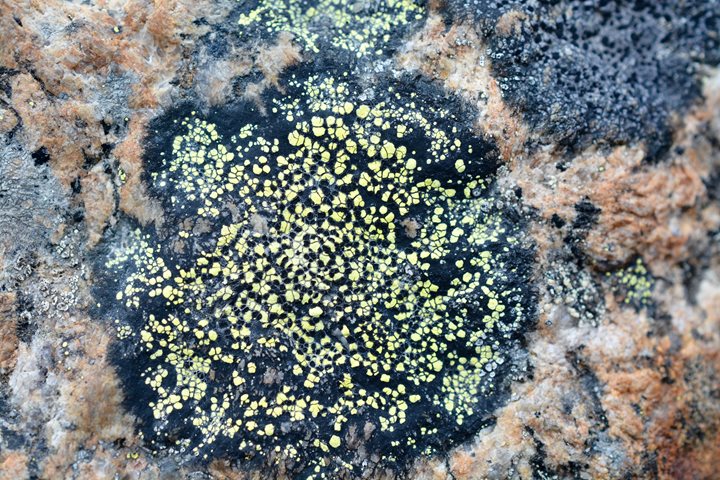Today we are traveling in the wake of the Vikings, as the National Geographic Explorer explores Eriksfjord, a long glacier-carved fjord named for Eric the Red where Greenland’s first Norse settlement was located. Navigating 60 miles from the open ocean, a brilliant sunrise paints the water gold, broken only by blue icebergs calved from glaciers fed by ice from the Greenland icecap.
After breakfast we go ashore to visit the site, called Brattahlíð, founded back in the 10th century, by Eric the Red following his exile from Iceland. Over time, the east Greenland Norse settlement would grow to 3,000 people living on 300-400 small farms, before being abandoned in the 15th century. This is also where the first Christian church was built in Greenland. Indeed, this is the greenest part of Greenland, and today we can see why “Greenland” got its name.
Our local guides lead us from the ruins to a replica of the original church, and also to a long house nearby, built in the same style that Eric the Red and his descendants would have lived in for almost 500 years. It’s interesting to imagine this area in the Norse days as a working farm with goats, sheep, cows, and horses grazing in the green fields above the fjord. These were not only farming people, but also fisherman and hunters living a subsistence life-style with the arctic wilderness of Greenland as their backyard.
While walking among the modern day farms it’s interesting to ponder why the Norse abandoned this area. Was it climate change associated with the little Ice Age, perhaps? Like many things about the Vikings, this is something that still remains a mystery.







